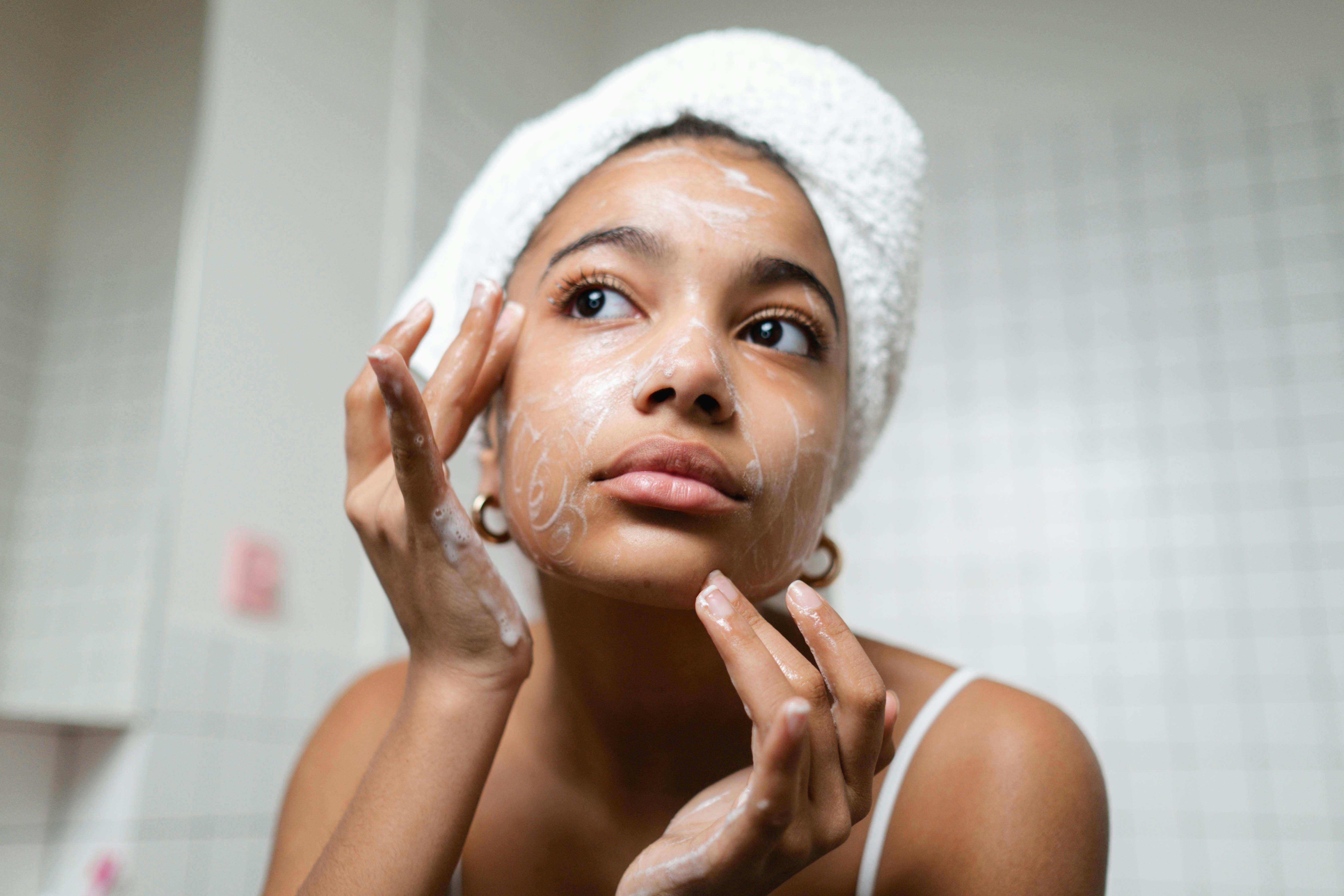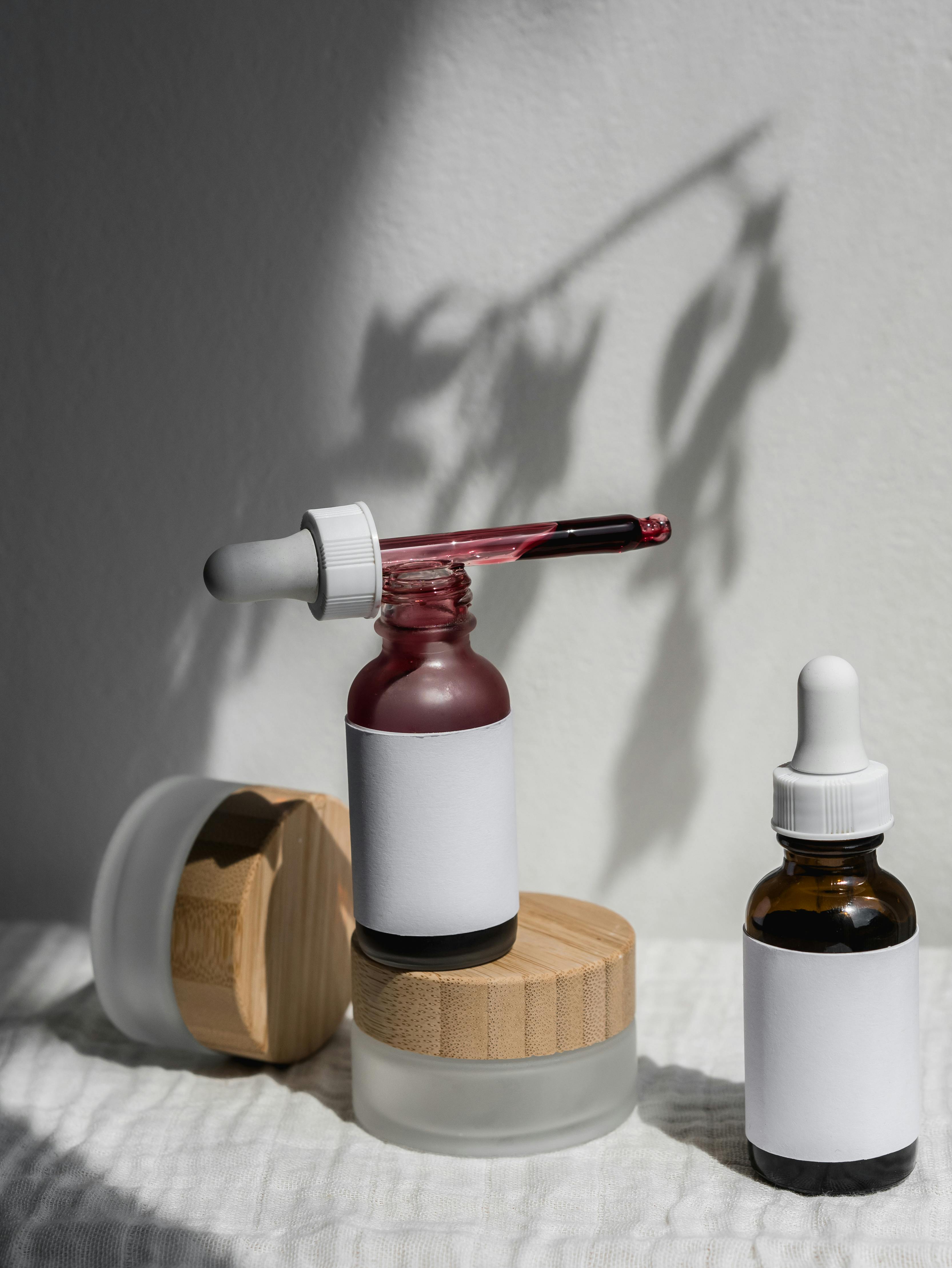How to Layer Skincare Products Without Screwing It Up
Because it’s not as complicated as it sounds.

Layering your skincare products can feel confusing when you're just starting out. Serums, toners, oils, moisturizers — what goes where, and does it even matter?
The short answer is yes, it does matter. But not in a way that should stress you out. The order you apply your products can affect how well they absorb and how your skin responds. That said, your skin won’t fall apart if you don’t get it perfect on day one.
Let’s break it down into something that feels doable.
Why Layering Matters
Think of your skincare routine like getting dressed. You wouldn’t put your jacket on first, then your t-shirt. In the same way, your skin absorbs water-based products more easily when they go on first. Heavier creams or oils work better when they’re sealed in last.
Getting the order right helps each product do its job without blocking or interfering with the others. But just like clothes, your layering order can be flexible depending on the weather, your needs, or your comfort.
The Simple Rule: Thinnest to Thickest
You don’t need to memorize a long list. Just remember this:
Apply products from thinnest to thickest in texture. In the morning, sunscreen always goes on last.
The Basic Routine Order
If you’re keeping things simple, this order works for most skin types and routines.
Morning (AM):
- Cleanser
- (Optional) Toner or mist
- Serum (if using)
- Moisturizer
- Sunscreen
Evening (PM):
- Cleanser
- (Optional) Treatment or serum
- Moisturizer
- (Optional) Facial oil or balm
You don't have to use every step. A routine with just cleanser, moisturizer, and sunscreen is a great starting point.
Just getting started? Here’s how to build a skincare routine for under $30.
Where Most People Get Confused
Applying too many actives at once
Using a strong exfoliant, a retinoid, and a brightening serum in one routine is more likely to irritate your skin than help it. Start with one treatment product at a time.
Using oils before water-based products
Oils act like a seal. If you apply one too early, it can block lighter serums or toners from absorbing. Use oils last or mix a drop into your moisturizer if needed.
Using serums without sealing them in
Most serums are water-based and need a moisturizer to help hold hydration in. If your skin feels tight or dry after applying a serum, you’re probably missing that last layer.
Putting sunscreen in the middle of your routine
Sunscreen should be the very last step in your morning routine, after everything else has absorbed. If you apply anything over it, you may reduce its effectiveness.
Layering Tips Most People Skip
- Apply products to damp skin when possible. Especially serums and moisturizers. This helps seal in hydration and gives your skin a soft, plump finish.
- Let each layer absorb for a few seconds before moving to the next. You don’t need to wait minutes, but giving it 30 seconds helps prevent pilling.
- If your skin is feeling overloaded, skip a step. You don’t have to layer everything, every day. Skincare should feel good, not forced.
- Mix a drop of oil into your moisturizer. It’s an easy way to add nourishment without a separate step.
These kinds of habits are easy to adopt and make layering feel much smoother — literally and figuratively.
Feeling Lost on What to Layer?
If you’re not sure what kind of routine your skin actually needs, you can take the Beauty Framework quiz. It gives you a personalized skincare plan with product suggestions based on your skin’s needs, budget, and comfort level.
Final Thoughts
Skincare layering doesn’t have to be perfect to work. Focus on the general principle of going from lightest to heaviest, and only use what your skin needs that day.
Start small, keep it simple, and know that it’s okay to skip steps when your skin is telling you to. There’s no prize for the most products layered — only results that feel right for your skin.
This article includes affiliate links. If you purchase through them, I may earn a small commission at no extra cost to you. I only recommend products I’ve personally tested or that have helped people I trust.

